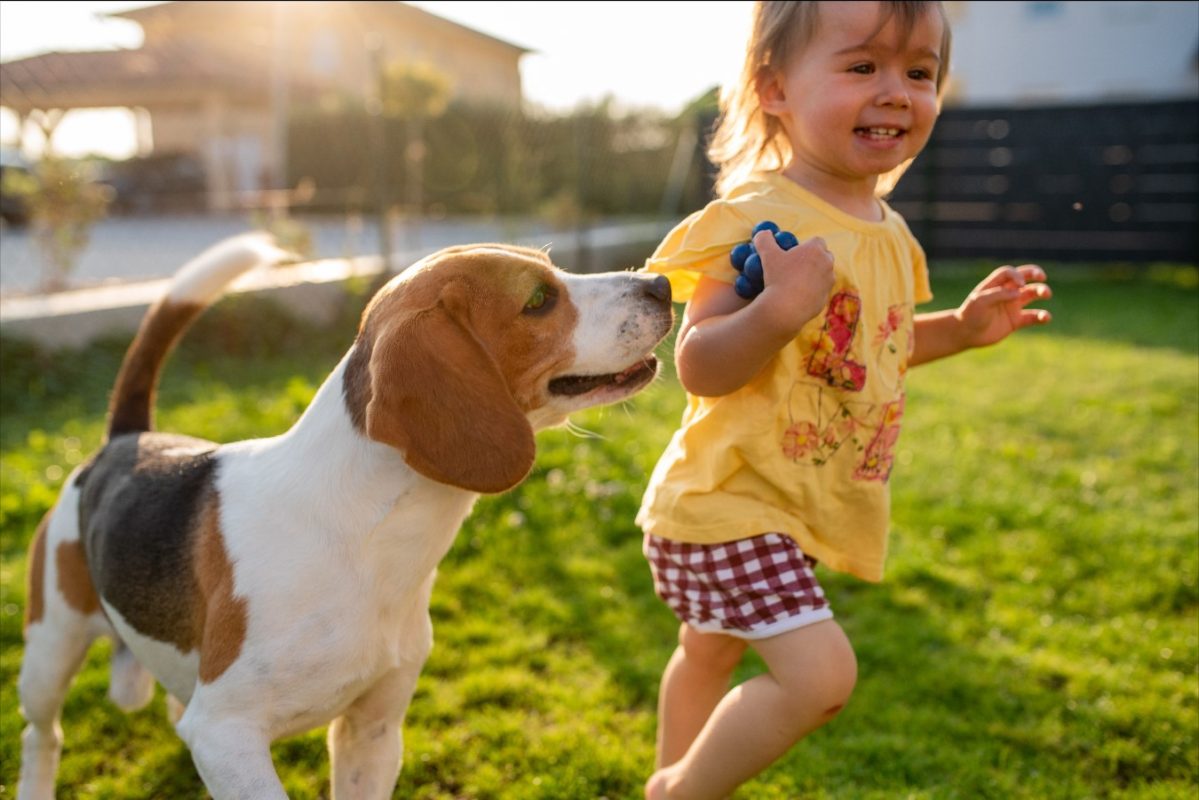Everything, Cats, Children, Dogs, Pets
The Many Benefits of Pets for Children
Today’s world is, unfortunately, out of touch with nature in many ways. Pets can be the means for bringing some of the wilder spirit of the natural world into our homes. Children, in particular, often derive a lot of comfort and joy from reconnecting to nature in this way. Though it is unrealistic to expect young people to shoulder all the responsibilities that are involved with caring for pets, letting them take on some of the work can teach them valuable lessons about responsibility, as well.
Cats, dogs, rabbits, and other pets of the furry variety offer a lot of physical comfort to children. Young people like how these animals feel. Having a pet affords them a kind of physical intimacy – for example, the kind you have when you curl up and cuddle with a cat – that isn’t usually possible with other people. Also, animals reciprocate in a way that shows no judgment. They don’t care if kids have unclean rooms or dirty faces, and they don’t care whether or not kids have done their homework. For many children, the touch of a beloved pet carries a kind of unconditional love that is warm and consistent. Clinical studies have even demonstrated how touching pets exerts a calming effect upon a person, lowering blood pressure and reducing stress.
Pets often provide emotional comfort to children, as well. Young people usually consider the animals in their home to be their special friends, and they’ll confide in them in ways that they seldom would employ with their parents or peers. Their pets reciprocate with immediate and open responses – oftentimes, of affection. Unlike adults and friends, animals typically aren’t too busy or distracted to interact with children. An animal’s means of communication are uncomplicated and easy to read. Children understand the signs and sounds of a beloved pet, and this can be very reassuring when the rest of the world so often feels harried and confusing.
Because pets have their personal preferences and often form their own routines, they can teach young people a lot about consistency and self-discipline. Certain pets like to be fed, walked, and played with at specific times, and this can transform those moments into special occasions for the kids who care for them. They’ll be more motivated to wake up early to feed a favorite cat than they will be to catch the school bus. This motivation can evolve into healthy routines, and in time young people can even take on small jobs in the service of their animal companions, such as feeding the fish, cleaning a birdcage, or filling a cat’s bowl. Such chores, which are oftentimes happily done, can teach kids not only responsibility but also competence and the satisfaction of a job well done. After all, the contentment of an animal that’s just been fed or given exercise is proof enough of the value of the work involved.
Not all children desire pets, and many grow into happy adulthood without ever having shared their lives with an animal companion. But children who long for such a special friend may be responding to some innate need that they know and understand, a need that’s tied, in a healthy way, to their own process of growth and development.

